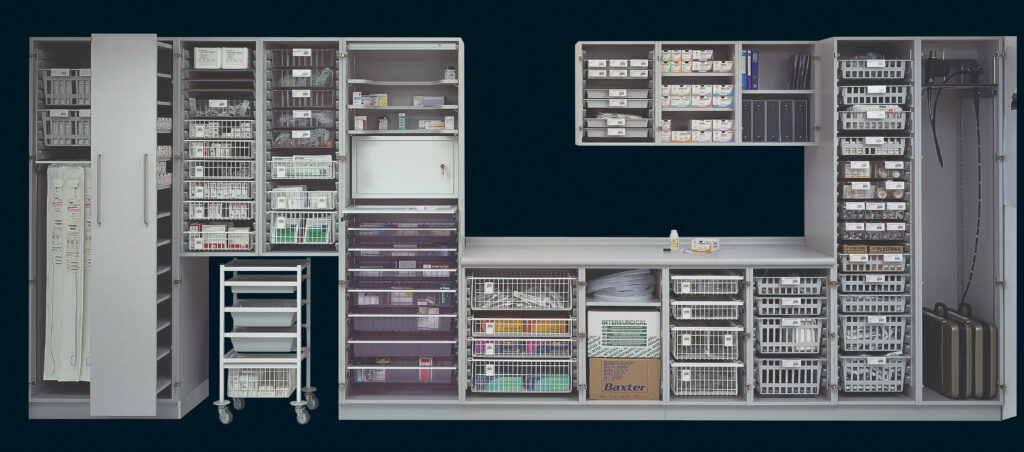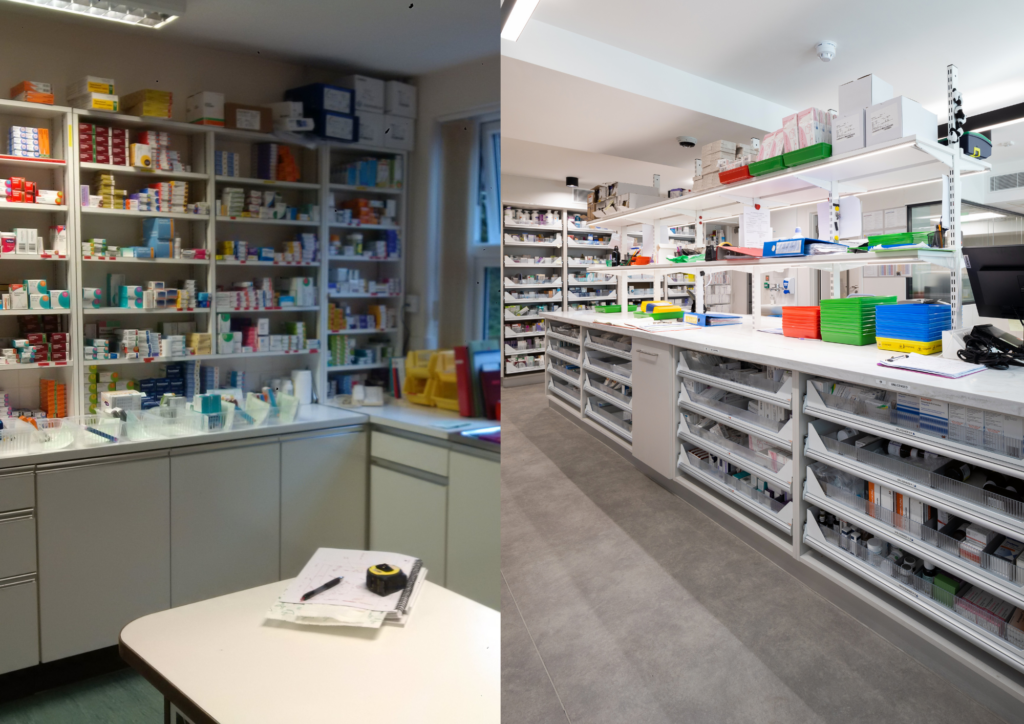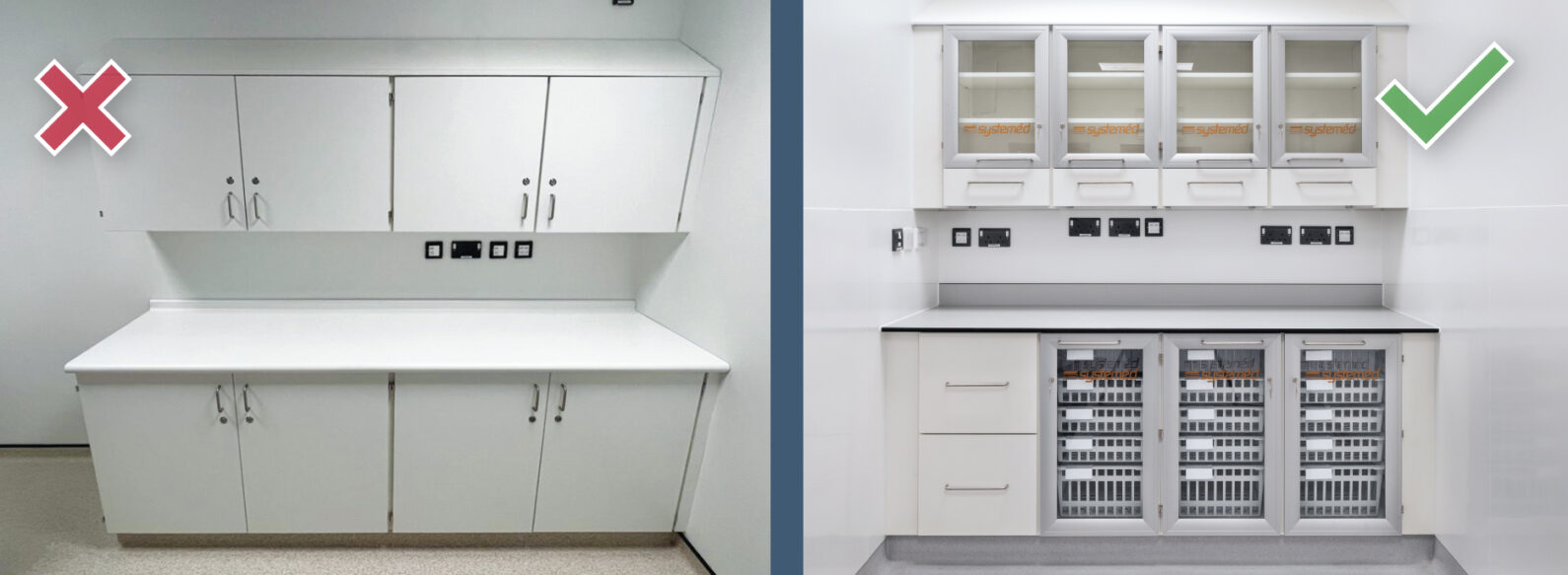It is no secret that NHS budgets are always under pressure. There are multiple reports and stories weekly on the increasing demands on the public purse.
With constant advances in technology and clinical procedures, alongside aging facilities that are badly in need of renewal, hospitals often find themselves spending an increasing amount of money just to tread water – simply maintaining what they already have. This leaves little to no room for meaningful improvements or much-needed upgrades.
In an environment where every penny counts, it’s more important than ever to make sure that what’s delivered is fit for purpose, is right the first time, and supports hard-working clinical staff to increase productivity and reduce day-to-day pressures.
Making a Little More Go a Long Way
One of the biggest challenges is how to make a little go a long way. It’s not just about the upfront cost; true value lies in improving staff output, product longevity, and advancing efficiency with stock control and management. It’s far more cost-effective to spend a little more at the beginning to ensure durability, efficiency, and suitability for the intended purpose, rather than cutting corners and paying more over time in repairs and replacements.

Outdated Designs Don’t Meet Today’s Clinical Needs
Large hospital projects are often contracted out to first-tier design and build contractors. However, the scope of work is so large that it is virtually impossible for this approach to provide the specialist detailed input required for the best clinical storage solutions. Proposals often rely on generic room layouts and outdated standards that don’t fully meet the needs of clinical teams so that spaces don’t function as well as they could, resulting in a missed opportunity to create environments suitable for the 21st century with the needed benefits for busy staff. In effect, Hospital teams contract out the responsibility for providing the best solutions and lose control of the finished product.
All clinical spaces are specialist areas and require expertise and experience to ensure that the correct products are chosen and installed to suit the needs of clinicians for long term benefit.
The Hidden Costs of Budget Furniture
One frequent mistake is the assumption that all fitted furniture is the same. To keep costs down, domestic grade budget furniture is often chosen in place of HTM compliant furniture which is more durable and constructed to the correct standards for the demanding Healthcare environment; – Hospitals need furniture that’s built to last. Using HTM71 modular sizes also helps with future proofing areas due to the ability to change internal accessories to suit the clinical function of the room making better use of space and enhancing staff productivity. The correct furniture may involve a slightly higher upfront cost but will quickly pay for itself through improved workflow and reduced maintenance needs.

Investing in Long-Term Value
Systeméd fitted furniture products are specifically designed to withstand heavy use and are covered with a 10-year warranty – providing peace of mind for years to come. Choosing the cheapest option might seem smart in the short term, but it often leads to higher costs down the line when items need to be replaced sooner than expected. Quality products, designed with healthcare environments in mind, are a smarter investment that genuinely supports the people who depend on them.

A Smarter Way Forward
In these challenging times, with every budget line examined, it’s more important than ever to plan carefully for longer term benefit instead of making decisions based on short-term cost savings.